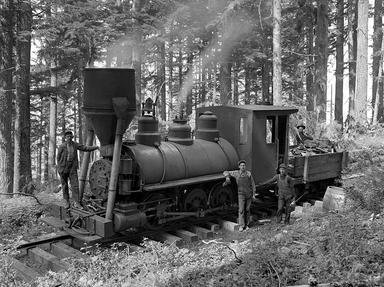Quiz Answer Key and Fun Facts
1. The presidential election of 1912 was a three way race between Democrat Woodrow Wilson, Republican William Taft, and Bull Moose candidate Theodore Roosevelt. What is special about the presidential election of 1912?
2. Two Constitutional amendments (the 16th and 17th) were passed in 1913. The 16th Amendment allowed the federal government to impose an income tax. What did the 17th amendment do?
3. In 1913, one of the most important exhibitions in the history of art opens in New York. What was the name of this art show that introduced Americans to Fauvism, Cubism, Futurism, Impressionism, and "Nude Descending a Staircase, #2"?
4. In March 1916, what man raided Columbus, New Mexico in order to obtain military supplies?
5. In the presidential election of 1916, incumbent Democrat Woodrow Wilson narrowly defeated former New York Governor Republican Charles Evans Hughes. What was Woodrow Wilson's campaign slogan during the 1916 campaign?
6. In January 1917, British Intelligence intercepts a message from a German diplomat which promises to give Texas, Arizona, and New Mexico back to Mexico if it will ally with Germany against the U.S. in World War I. What is the name of this infamous message?
7. Congress voted to declare war on Germany in April 1917 and the first American troops arrive in France in June 1917. What is true about American participation in World War I?
8. In 1918, a disease infects half a billion people (27% of the world population) and led to a death toll possibly as high as 100 million. What was the name of this disease?
9. The armistice ending the fighting in World War I was signed in November 1918. President Wilson delivered a speech to Congress in which he outlined his principles for how the future of post-war Europe should be handled. What was the name of this important foreign policy speech?
10. A 1921 Chicago Daily News headline reads, "Say it ain't so, Joe." What 1919 event is the newspaper hoping that Joe will say didn't happen?
Source: Author
LIBGOV
This quiz was reviewed by FunTrivia editor
bloomsby before going online.
Any errors found in FunTrivia content are routinely corrected through our feedback system.

